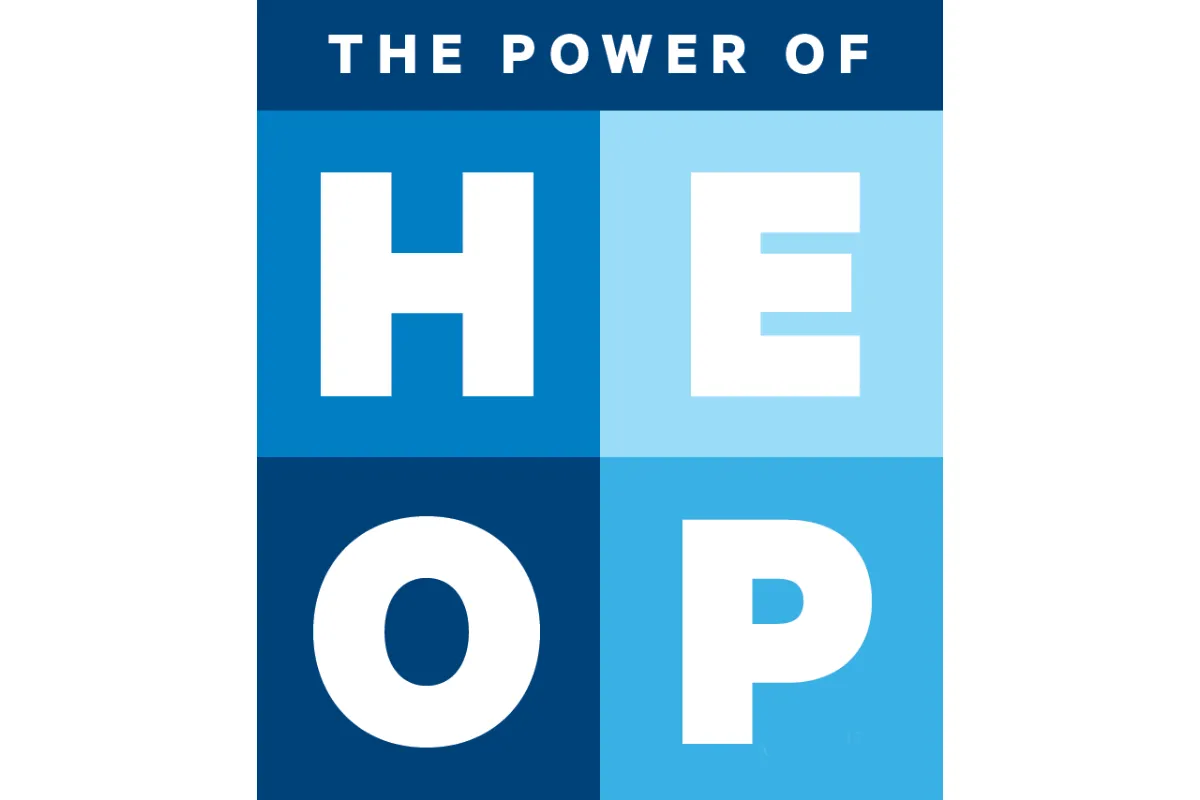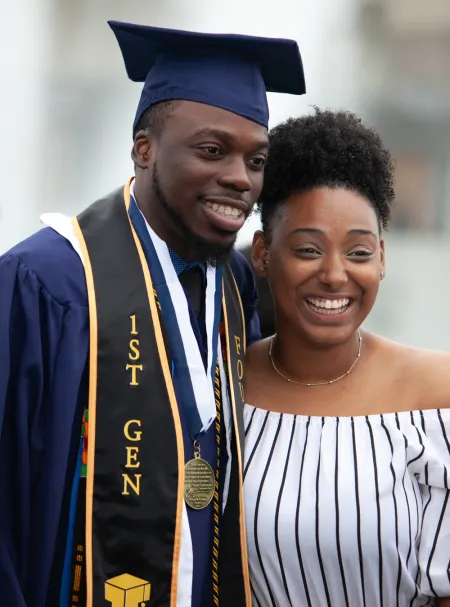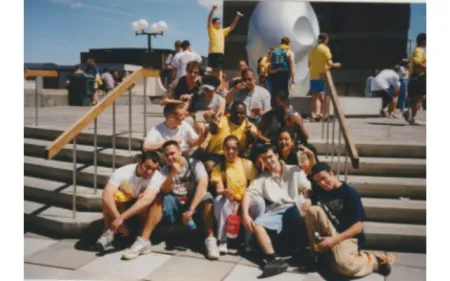WHEN THE ARTHUR O. EVE HIGHER EDUCATION Opportunity Program (HEOP) began 50 years ago, it sought not just to bring more students to New York State colleges, but also to infuse those campuses with the richness of experiences and perspectives these future scholars and professionals would bring.
The students’ circumstances were as diverse as the students themselves, and not just in terms of race, class, and gender—though those were huge factors. Some had challenging home lives or came from communities fighting poverty. Others came from the middle class families of entrepreneurs. Many were all-star students who just needed some extra financial support. What they had in common was the desire and the resilience to walk through the doors that can be opened with a college education.




